 The concept of yin yang is typically associated with the practice of Chinese arts. However, it is also an important aspect of Aikido practice, particularly for those of us who seek to use our Aikido as a method of progressing to the study of Aiki.
The concept of yin yang is typically associated with the practice of Chinese arts. However, it is also an important aspect of Aikido practice, particularly for those of us who seek to use our Aikido as a method of progressing to the study of Aiki.
The importance that Master Morihei Ueshiba, Founder of Aikido (O’sensei), placed on an understanding of yin yang was referenced in an interview in 2008 with Henry Kono Sensei. Kono Sensei recalled the following conversation with O’sensei.
“All of us, the foreign students, had cooked up a little party for his birthday with a cake and everything. That day, he was very relaxed and happy so I thought it might be the right moment to try my luck with a question. I asked him “O Sensei, how come we are not doing what you are doing?” He just smiled and replied “I understand Yin and Yang, you don’t”.” (Source: http://www.guillaumeerard.com).
In the below video Chicko Xerri Sensei (Aikikai 6th Dan) provides a brief introduction to, and demonstration of the importance of yin yang to the practice of Aiki. Chicko Sensei also explains how yin yang interplays with the concept of connection and initiating movement when dealing with an attack.
ADDITIONAL NOTES
- Difference between Aiki and Aikido
At its most basic, Aiki refers to the ability to negate and redirect an attacker’s power without reliance on specific technique and with a distinct absence of muscular tension usually associated with physical effort.
In our school Aikido techniques are not an end in themselves, but rather a “way” to progress to the study and practice of Aiki. In essence we study to master form so that we can ultimately become formless in our practice.
- Taoist definition of yin yang
 “Yin/Yang : Two halves that together complete wholeness. Yin and yang are also the starting point for change. When something is whole, by definition it is unchanging and complete. So when you split something into two halves – yin / yang, it upsets the equilibrium of wholeness. This starts both halves chasing after each other as they seek a new balance with each other.
“Yin/Yang : Two halves that together complete wholeness. Yin and yang are also the starting point for change. When something is whole, by definition it is unchanging and complete. So when you split something into two halves – yin / yang, it upsets the equilibrium of wholeness. This starts both halves chasing after each other as they seek a new balance with each other.
The word Yin comes out to mean “shady side” and Yang “sunny side”.
Yin Yang is the concept of duality forming a whole. We encounter examples of Yin and Yang every day. As examples: night (Yin) and day (Yang), female (Yin) and male (Yang).” (Source: http://personaltao.com/).
- Fudoshin Warrior Dojo students – Aiki practice – Yin yang principles
Our dojo is an Aikido Kenkyukai Fudoshin dojo operating under the guidance and mentorship of Chicko Xerri Sensei, 6th dan AKI (Aikikai), Tokyo. Chicko Sensei has been practising and teaching Aikido for more than 45 years and is endorsed by Doshu Ueshiba.
Have a great week
Ian Grant
Dojo Cho
Fudoshin Warrior Dojo
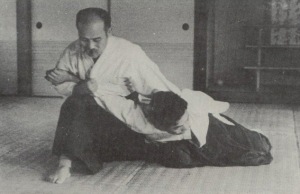
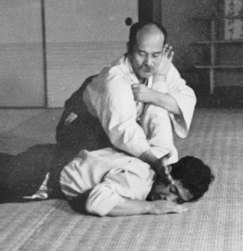
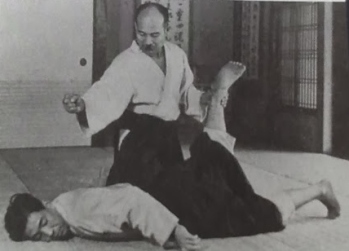
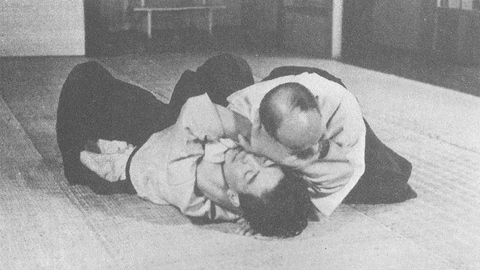


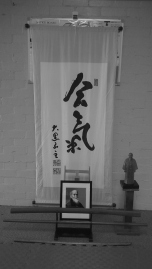



You must be logged in to post a comment.